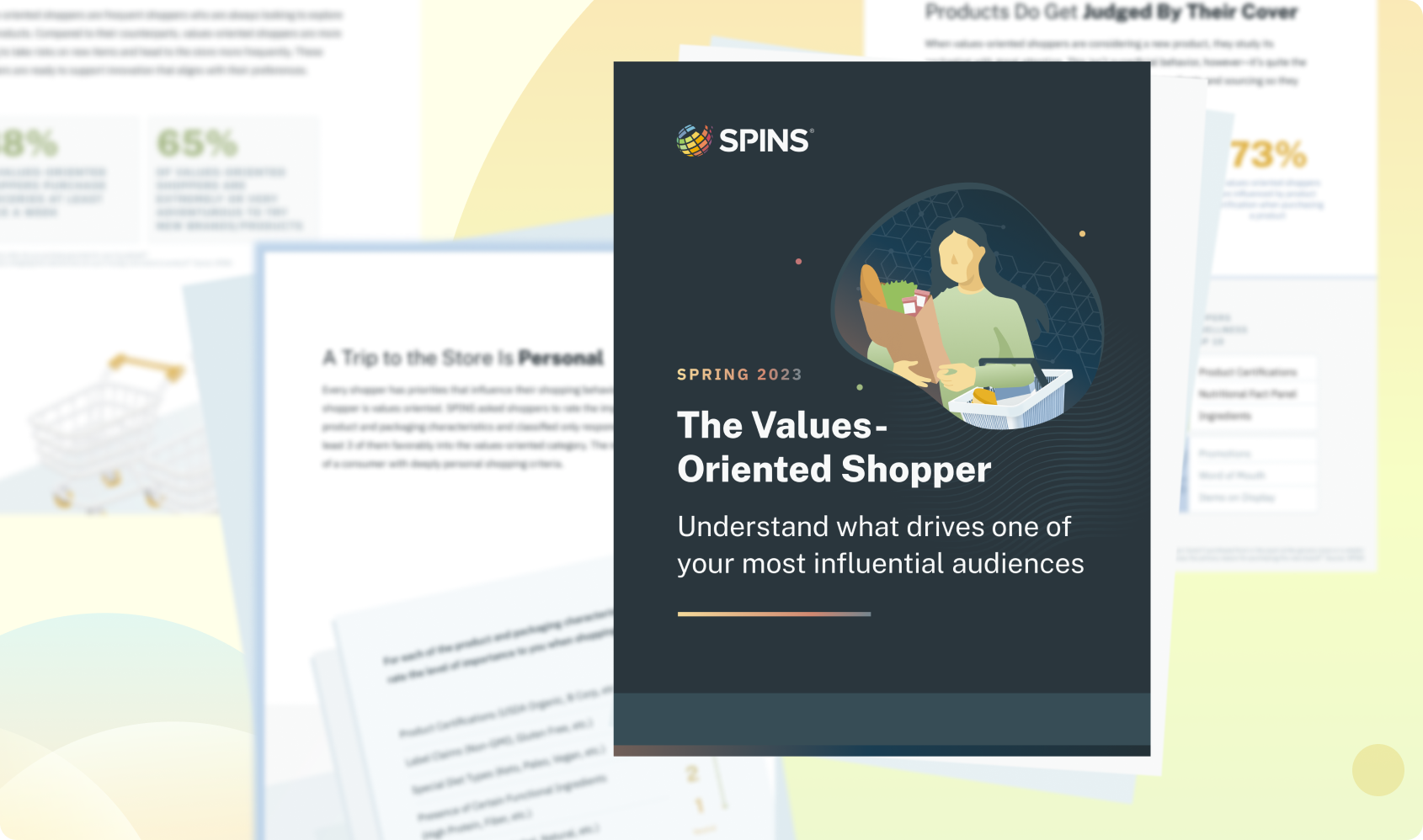The values-oriented consumer is at the heart of CPG innovation.
Innovation is an inescapable term. It’s used to describe so many businesses, products, and technologies that the word has almost lost meaning. People often zero in on one form of innovation and that becomes the default definition in their mind. In truth, innovation is an umbrella term for different creative approaches to business.
For example, an emerging brand coming onto the market by creating a new category is not the same as a legacy brand adding functional ingredients to its formula. They’re both innovation but they each have their own path to get from ideation to shopping carts.
There are 4 primary types of CPG innovation that deserve attention:
- Brand extension: A brand takes a methodic approach to entering new categories, expanding their footprint into new categories.
- Category creation: Disruptive startup that begins a new category by creating a product that doesn’t fit elsewhere.
- Iteration: Established brand adjusts a product’s attributes (formula, packaging, use, etc.) to better meet consumer values.
- Entity-level: Changes take shape at the organization level, fundamentally shifting their approach to business.
If you look at the evolution of the natural industry and all the way through to the values-oriented consumer of today, you see that shoppers gradually became more inclusive. Natural ingredients still matter, but so does the welfare of the workers who make the products and the environmental impact of the packaging. Different values demand different types of innovation.
1. Brand Extension
It’s a story we see play out a lot. You have a brand with a product and then they decide to delve into other categories, but their offerings aren’t all that different from existing options. They become another competitor in the space. For example, what began as a soap brand might now have products in several categories like baby food and desserts, and men’s grooming products. It’s a strategic growth plan that can certainly change a category and have ripple effects throughout the CPG industry.
2. Category Creation
Category creation plants a flag in the market. There is a before-and-after distinction when a new category appears and succeeds. Think about non-dairy milk. If you ask anyone if they want milk in their coffee, you’re probably going to hear “What kind do you have?” That just wasn’t the case 20 years ago. Soy milk was the primary alternative for a long time, but that’s far from the case today. Within the last two decades we’ve seen almond milk, then oat milk, then pea milk, and other types establish plant-based and non-dairy milk as a formidable category. Coolers and shelves are filled with endless options.
Let’s go back to the milk example: Plant-based and non-dairy milks grew because they aligned with consumers’ values. Some people are allergic to milk, but others focused on animal welfare and ingredients and environmental impact. That’s a prime example of category creation.
3. Entity-level
Like the other types we’ve discussed, entity-level innovation is also a response to the values-based consumer. What sets it apart is that these changes begin at a higher level and become engrained in the company culture—even in its mission. You can have one of the country’s largest retailers say, “We’re committed to reducing our carbon emission over the next decade,” which can require changes in how both their stores operate and in their shipping processes. A global manufacturer might announce that they’re committed to increased diversity in their teams and will take a new approach to recruitment, hiring practices, and training. This innovation requires executive buy-in and internal and external changes.
Values-based consumers pay attention to these details and will choose a store with sustainable practices or support brands that understand the important of equitable hiring practices. These businesses understand that they are held to higher standards than ever before, and meeting consumers where they are is smart business.
Second, these entity-level changes do manifest on store shelves. Reduced carbon footprint will show up in product packaging. Diverse leadership can lead to new products and categories. This type of innovation leads into others and becomes part of a larger conversation. That’s what makes entity-level innovation so unique and challenging but also so significant.
Iteration
Iteration serves as a way response to stay competitive and relevant with shoppers—perhaps by adjusting ingredients or packaging or flavor. As plant-based and non-dairy milk options grew, dairy milk manufacturers lost some share but stayed the course. Eventually, they saw an opportunity to compete with plant-based on one of its perceived weaknesses: environmental impact, mostly through high water and land usage. Some airy manufacturers introduced milk that uses regenerative methods and is organic, which allows them to emphasize their improved carbon footprint and better-for-you attributes. It’s a great example of why iteration is such a meaningful type of innovation—especially for established brands.
Understanding Innovation With SPINS
Here at SPINS, we are literally surrounded by companies that invent new categories all the time. When they release a product that doesn’t quite fit in an existing category and it succeeds, the product landscape changes. Other brands need to understand how to respond. Did this brand just discover a new audience segment that can be tapped into or did the brand steal existing customers from an existing category? You can’t respond—or lead—if you don’t understand how the innovation happening all around you.







